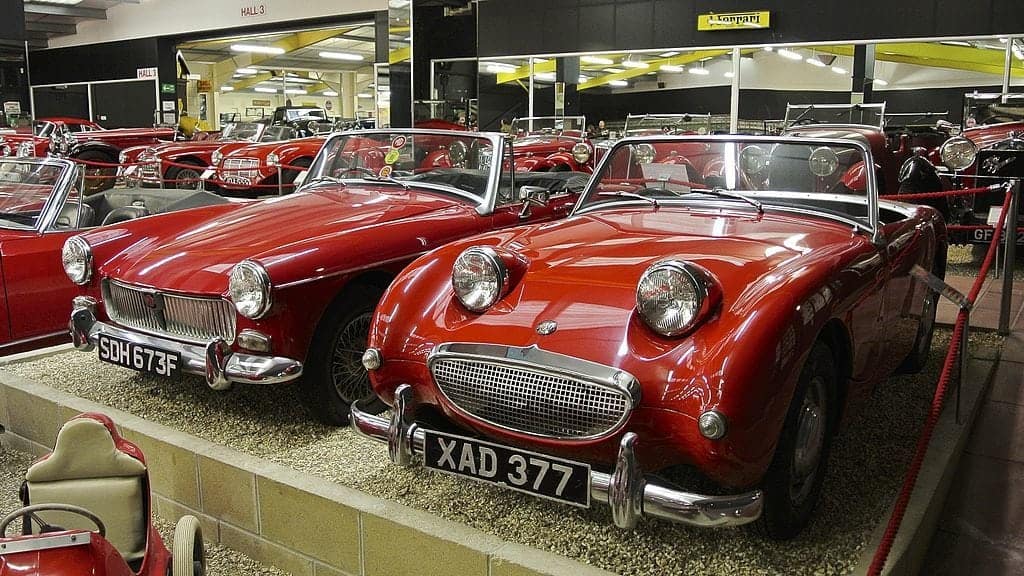
Motorists love the thrill of getting their hands on the steering wheel of a new car – but less than ever before are actually doing so. According to research from the Society of Motor Manufacturers and Traders in the Financial Times, used car sales outstripped new sales three-fold in the first half of the year at 4.18 million.
That still means that 1.42 million new cars were purchased in that time. What are the advantages? Firstly, you’re driving a car with literally no wear and tear, meaning that there are likely to be fewer maintenance issues. Even if some problems do arise, a three-year warranty will probably mean repairs are free. A new model might be quite an eye-catcher in terms of performance, with the latest safety and in-car technology, and no MOT test is needed. A more environmentally-friendly car will mean lower road tax and probably lower fuel consumption, or none if it’s an electric model.
You’ll pay a premium for such a car, but if you time it correctly – for example, when the latest model of a car is imminent and the salesman is desperate to offload the ‘older’ new models on the forecourt. The very fact that you’re openly considering buying in full might be enough for the seller to consider knocking even more off the overall price.
The disadvantages are that a new car might be more expensive in the short term, and unfortunately it will start to devalue the moment it leaves the forecourt. Typically, a car will depreciate in price by up to 60% in the first three years, so you’re almost literally leaving money at the garage. In paying for a new model you will need to weigh up the problems it will have on your finances overall. Will you have enough money for essentials and emergencies? Would it be wiser to put down a hefty deposit, and keep some money back?
If you need ‘that’ make of car and nothing else will do, what are your options? The other possibilities, explained in this piece by Money Advice Service, might include buying it second hand, taking out credit to own it, or borrowing it on lease.
All three options have their advantages and disadvantages. Buying it second hand will mean that you own a car that is less fresh and more likely to need repairs, but the savings in price will be substantial. Leasing a car will give you a brand new model to drive, and your only costs are those depreciations that were mentioned earlier in the piece. At the time of taking out the arrangement a lease company will calculate the car’s probable depreciation in the time you will drive it, and you pay a monthly amount based on that sum. The main drawback is that you have to give the car back at the end, and you own nothing, but the lure of driving a new car might be enough in the 21st Century.
However, taking out credit might be the way forward, especially at a time when borrowing money is such a cheap option. The salesroom might have its own finance offers which vary depending on whether the car will be used privately or for business. Such offers could include a low APR (0% in some cases), cashback and a free fuel allowance. Alternatively you could apply for credit from a lender in the form of a loan, but only if you can afford to make the monthly repayments. This might also give you credit card purchase protection, offering potential protection against theft and helping boost your credit rating at the same time, providing you make strident efforts to pay your bills regularly.
Overall, buying a car is an exciting time but it needn’t be a financially devastating one no matter whether it’s a brand new model or one that’s a few years old.
Featured image: Ian Kirk from Broadstone, Dorset, UK (Haynes International Motor Museum Uploaded by tm) [CC BY 2.0 (http://creativecommons.org/licenses/by/2.0)], via Wikimedia Commons